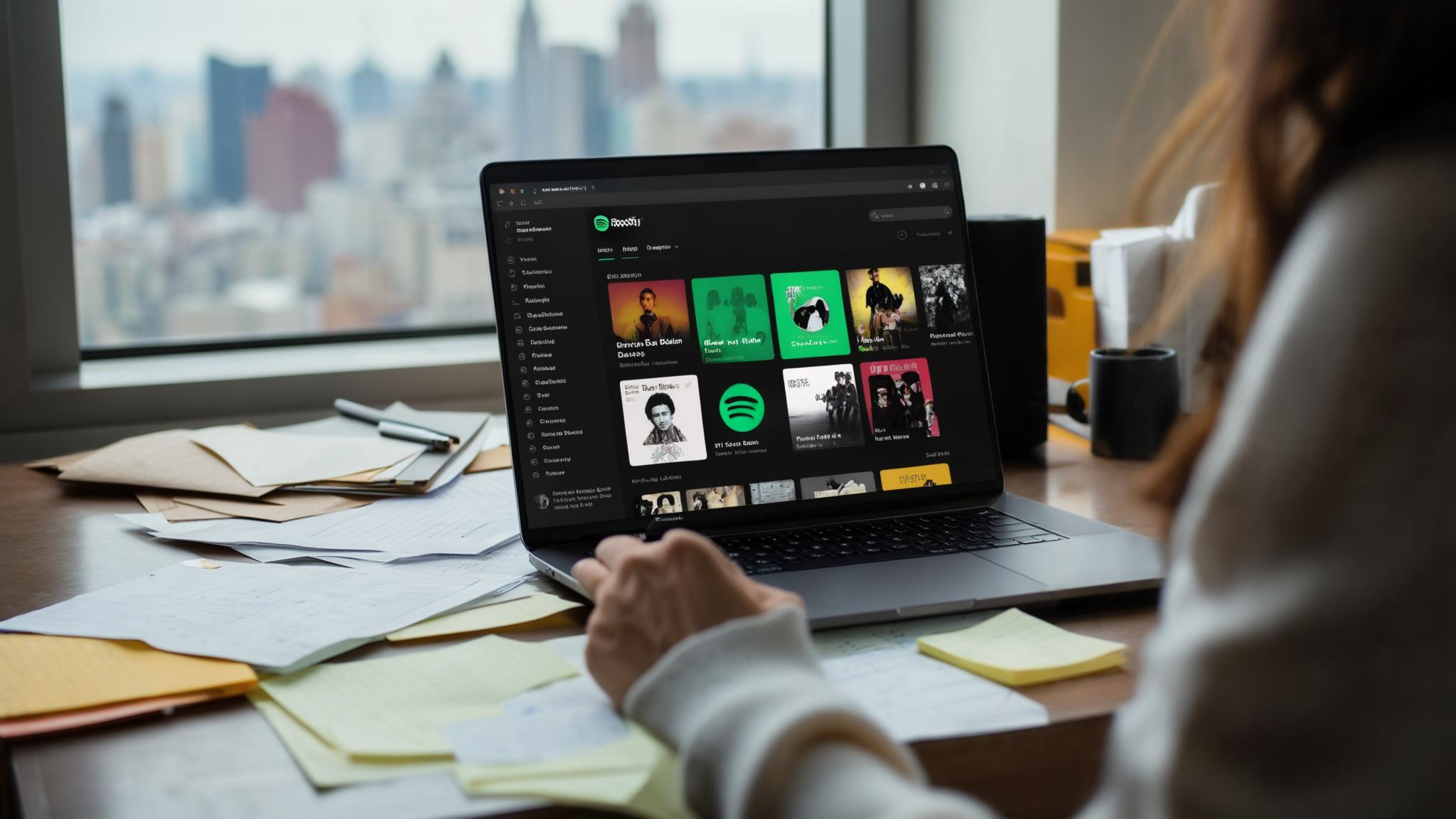Since 2008, Spotify has gone from a small Swedish startup to a global streaming giant, racking up around 515 million users as of Q1 2023. Their story shows how smart positioning and making decisions based on actual data can completely flip entire industries upside down.

Table of Contents
-
How They Built Their Foundation
-
Smart Ways to Make Money
-
Building More Than Just Music
-
Marketing That Actually Worked
-
Making a Product People Love
-
Beating the Big Players
-
Taking Over the World
-
What We Can Learn
TL;DR
-
Their “free but limited” model hooked millions before asking for money
-
They turned user data into viral marketing gold with campaigns like Spotify Wrapped
-
While competitors fought over catalog size, Spotify focused on helping you find music you’d actually love
-
Moving into podcasts was risky but brilliant – it gave them content they could control
-
They worked everywhere, unlike Apple’s “our way or the highway” approach
-
Going global meant actually understanding different countries, not just translating the app
How They Built Their Foundation
When I first dug into Spotify’s story, what struck me was their timing. They didn’t just enter music streaming – they basically invented it as we know it today. The thing is, most people (including me at first) thought streaming would never work. Who wants to pay monthly for music you don’t own?
But Spotify saw something the music industry didn’t: people wanted access, not ownership.
They built their whole strategy around three big ideas: make it easy to use, make it affordable, and make it work everywhere. While record labels were still pushing CDs and iTunes was making you buy individual songs, Spotify bet everything on unlimited access for one monthly fee.
But it wasn’t just about being cheap. Spotify positioned themselves as the anti-iTunes. Where Apple locked you into their ecosystem, Spotify worked on everything – your phone, your computer, your smart TV, even your toaster if it had Spotify Connect.
This decision to work everywhere became huge as smartphones took over. People wanted their music to follow them seamlessly, and Spotify delivered that while Apple was busy trying to sell you more Apple products.
The crazy part? They lost money for years doing this. Most companies would’ve panicked, but Spotify played the long game. They prioritized getting users over making immediate profits, which required incredible patience from their investors.
Understanding market opportunities requires sophisticated analysis, and businesses today can leverage advanced analytics for strategic growth to identify similar positioning advantages in their respective industries.
|
Market Positioning Strategy |
Traditional Approach |
Spotify’s Innovation |
|---|---|---|
|
Content Access |
Individual purchases |
Unlimited streaming |
|
Device Integration |
Ecosystem-locked |
Platform-agnostic |
|
Revenue Model |
Transactional |
Subscription-based |
|
User Experience |
Basic playback |
Personalized discovery |
|
Market Entry |
Conservative rollout |
Aggressive expansion |

Smart Ways to Make Money
The “Free but Limited” Hook
Spotify’s freemium model was genius in its simplicity. Give users enough value to get hooked, but not so much that they never upgrade. I’ve watched countless companies mess this up, but Spotify nailed it.
Here’s how it worked: free users got Spotify’s entire music catalog but had to deal with ads and couldn’t download songs. More importantly, they couldn’t skip songs freely.
Picture this: you’re jamming out to your favorite playlist, and right when you want to skip to that one song, you can’t. After that happens a few times during your commute, $9.99 a month starts looking pretty reasonable.
The brilliant part? This didn’t feel manipulative. Users upgraded because they genuinely wanted more control, not because they felt tricked into it.
Think about how different this was from typical software trials. Instead of giving you 30 days of everything then cutting you off, Spotify let you use it forever with limitations. A user might listen free for months, building playlists and discovering new music, until those skip limits became too annoying during their daily routine.
Making Premium Feel Worth It
Spotify didn’t just remove ads for premium users – they added features that made paying feel like a no-brainer.
High-quality audio for the music nerds. Offline downloads for subway commuters. Unlimited skips for control freaks like me. Each feature solved real problems that free users hit every day.
The $9.99 price point was smart too. Expensive enough to generate real revenue per user, but cheap enough that most people could justify it. It’s less than two coffees at Starbucks.
Turning Free Users Into Revenue
But here’s what’s really clever – the free tier wasn’t just bait for conversions. It became a legitimate money-maker through ads.
Spotify developed audio ads that didn’t completely ruin the listening experience. They added display ads on phones and computers. They created sponsored playlists where brands could integrate naturally.
This meant every user had value, whether they paid or not. It reduced pressure to convert everyone while maximizing what each person was worth to the platform.
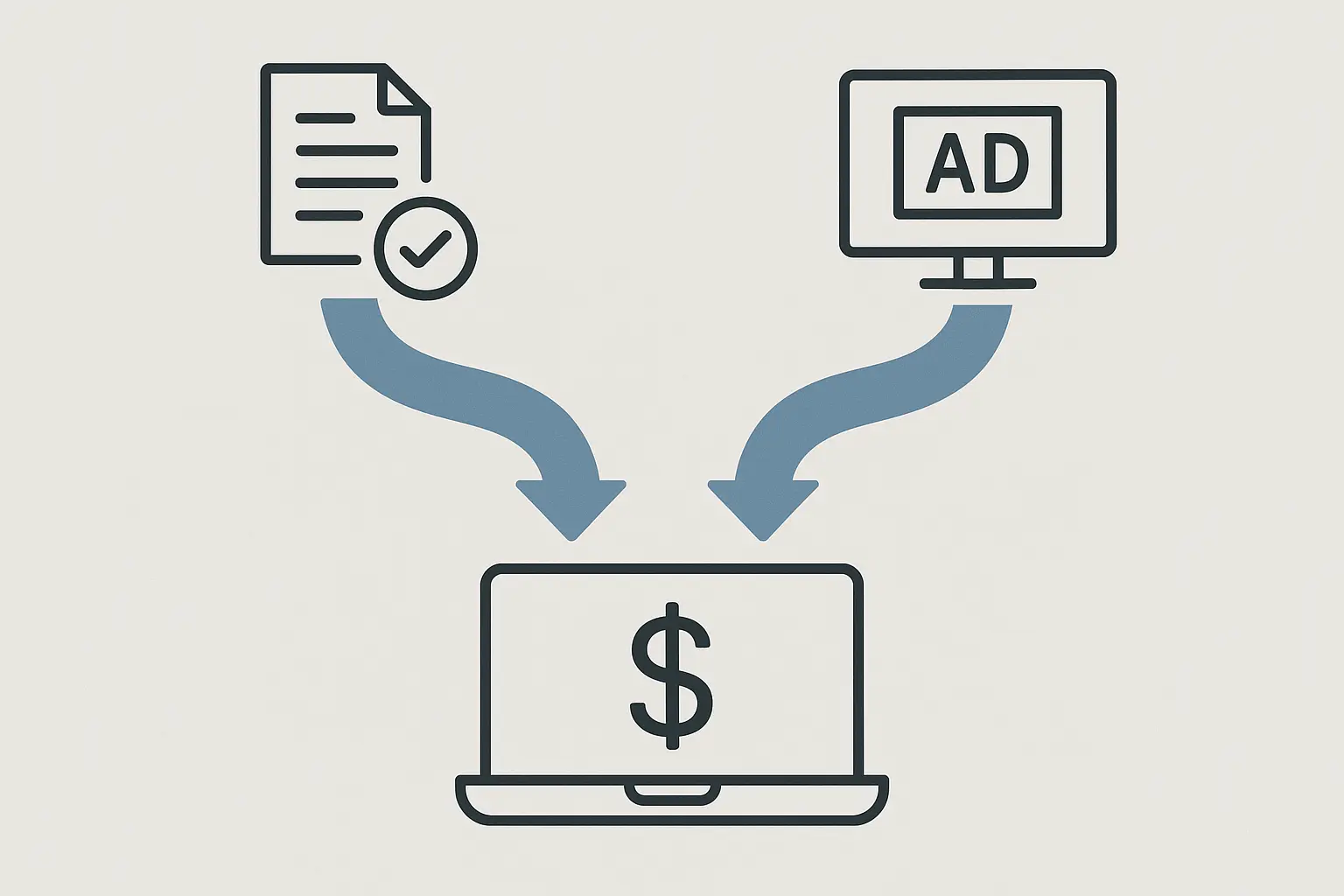
Building More Than Just Music
The Podcast Gamble
Moving beyond music was risky as hell, but Spotify had to do it. Music licensing costs were eating their profits, and they needed content they could actually control.
Here’s the thing about music licensing – you’re basically renting songs. The record labels own them, and they can change the terms whenever they want. But when you produce or exclusively license podcasts, you own something unique that Apple Music or Amazon Music can’t just copy.
Spotify threw hundreds of millions at podcast deals with big names. Expensive? Absolutely. But it gave them content that competitors simply couldn’t offer their users.
Plus, audiobooks made sense as the next step. The market was growing fast, and Spotify’s existing setup could handle this content without major additional investment.
In a pretty wild move, “Mother Nature became a recording artist” through Spotify’s “Sounds Right” campaign. They partnered with the Museum of the United Nations to create music using nature’s sounds, with artists earning royalties for conservation. It shows how Spotify’s platform enables creative partnerships way beyond traditional music.
Keeping Creators Happy
Building tools for artists and podcasters created a win-win cycle. Better tools attracted more creators, which meant more exclusive content, which brought in more users, which made the platform more valuable to creators.
Spotify for Artists gave musicians data they couldn’t get anywhere else – detailed info about their listeners that was gold for planning tours and understanding their fanbase.
Podcasters got similar tools plus ways to actually make money on the platform. When creators succeed on your platform, they become invested in your success too.
For businesses looking to understand their creator revenue potential, tools like our Spotify revenue calculator can help estimate earnings and optimize monetization strategies across different content types.
Here’s a real example: a mid-tier indie artist discovered through Spotify for Artists that 60% of their listeners were in Germany, even though they were based in Nashville. This insight led them to book their first European tour, targeting German cities where their music was most popular. The tour sold out and made more money than their previous three US tours combined. That’s the power of having actual data instead of guessing.
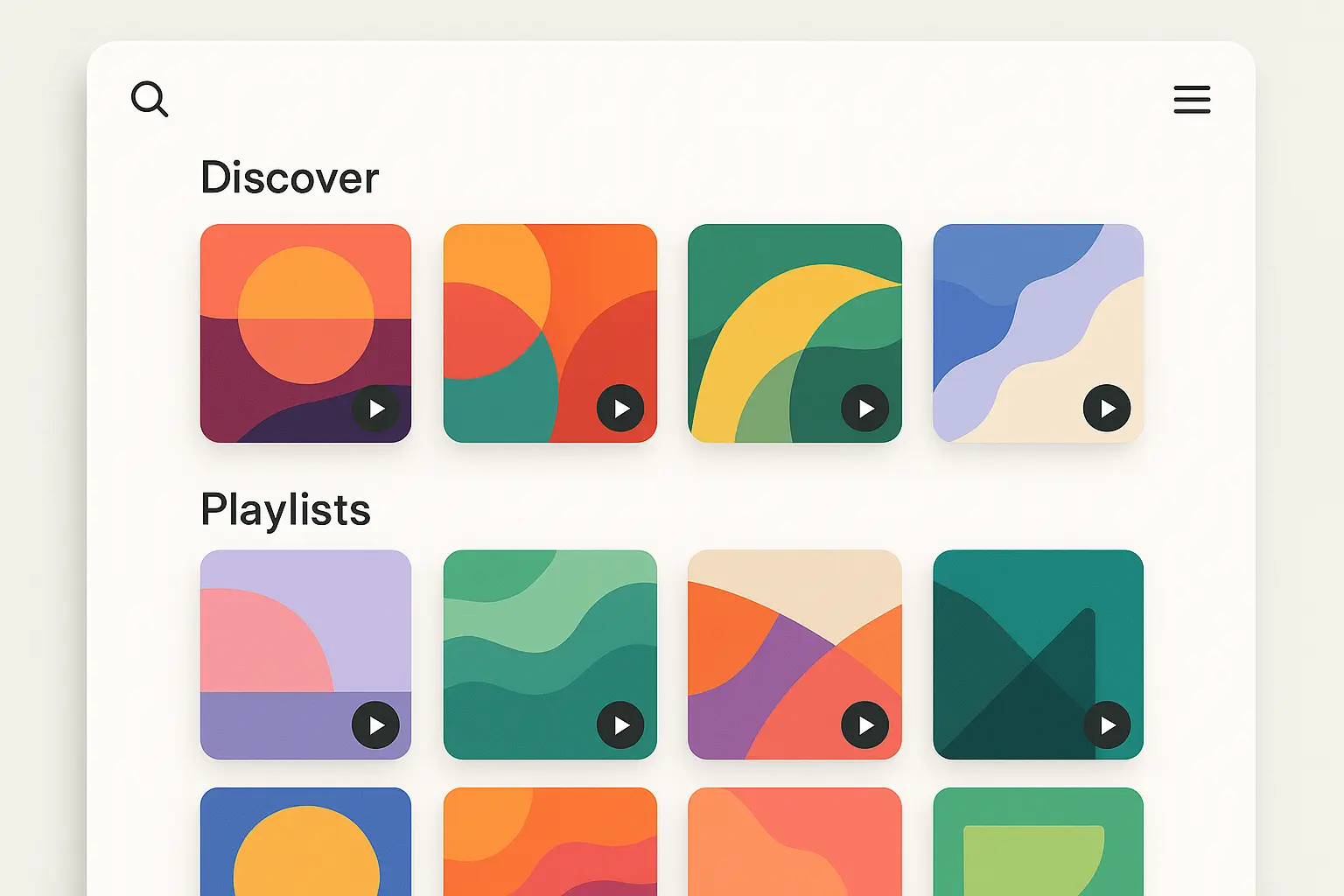
Marketing That Actually Worked
Turning Data Into Stories
Spotify’s marketing genius lies in making user data interesting instead of creepy. They don’t just collect your listening habits – they turn them into stories you actually want to share.
The annual Wrapped campaign is the perfect example. Instead of boring analytics, Spotify packages your listening habits into shareable content that makes you feel special and understood.
What makes Wrapped so effective isn’t just the personalization – it’s that millions of people share their results at the same time, creating massive organic reach that no advertising budget could buy.
Beyond Wrapped, they create targeted campaigns based on listening patterns. They’ll make playlists for “People who listen to indie rock while working from home” or “Commuters who need energy boosts.” This specificity makes users feel seen.
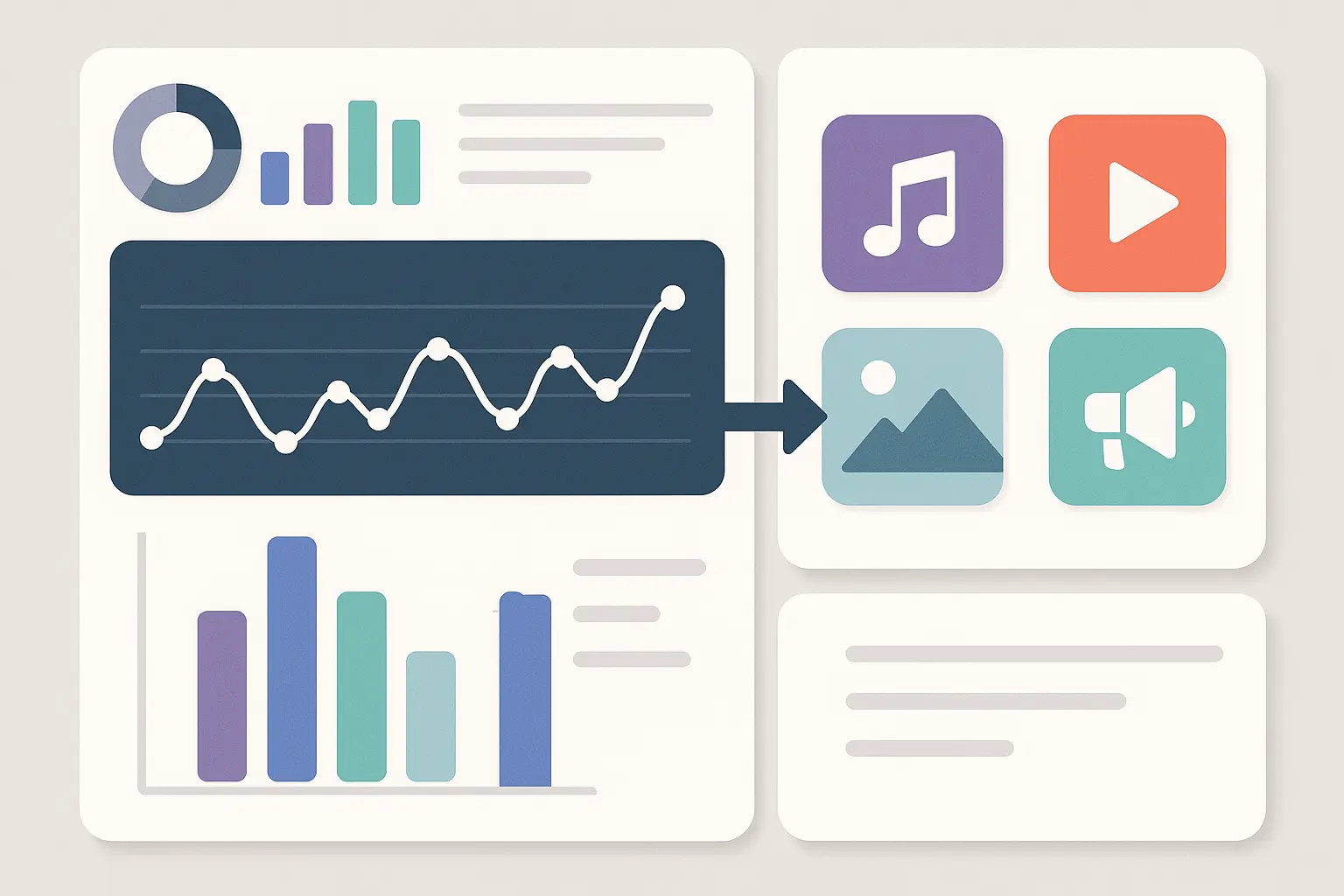
Social Media That Doesn’t Suck
Spotify’s social strategy focuses on creating moments worth sharing rather than pushing promotional garbage. They get that people scroll past obvious ads but engage with content that feels authentic.
When users share Spotify playlists or post about discovering new music, Spotify often amplifies that content. It makes people feel appreciated and encourages more sharing.
They’re also incredibly quick to jump on cultural moments. Whether it’s a viral TikTok song or major news, Spotify creates relevant playlists fast enough to insert themselves into trending conversations.
Their partnerships with artists and influencers feel natural rather than forced, expanding their reach while maintaining authenticity.
Businesses seeking to replicate Spotify’s viral success should consider developing high-impact blog topics that resonate with their audience and encourage organic sharing across social platforms.
What Made Spotify’s Marketing Work:
-
They turned user data into shareable stories
-
Created campaigns that encouraged organic social sharing
-
Responded quickly to cultural moments and trends
-
Amplified user-generated content to build community
-
Partnered with creators for authentic collaborations
-
Maintained consistent brand voice across platforms
-
Used behavioral data for hyper-targeted campaigns
-
Balanced promotional content with entertainment value
Making a Product People Love
The Recommendation Engine That Actually Works
Spotify’s recommendation system is their secret weapon. While competitors bragged about having millions of songs, Spotify focused on helping you find the ones you’d actually love.
Their system pays attention to everything – what you play, what you skip, when you listen, how long you listen. It’s honestly a bit creepy how well it works, but in a good way.
The Discover Weekly playlist became legendary because it consistently delivered new music that felt personally curated. Users started looking forward to Monday mornings just to see what Spotify had found for them.
But it’s not just algorithms. Spotify employs actual music experts who understand cultural trends that computers might miss. This combo of tech and human insight ensures both accuracy and cultural relevance.
Spotify’s recommendation system uses collaborative filtering, natural language processing, and audio models to create personalized playlists. Their machine learning extracts audio features from raw tracks, helping the system understand musical elements that contribute to your preferences, according to Pragmatic Institute.
Design That Just Works
Managing millions of songs could easily become overwhelming, but Spotify makes it feel manageable and intuitive.
The experience stays consistent whether you’re on your phone, computer, or smart speaker. This consistency builds confidence and reduces friction when switching between devices.
Their search goes beyond simple keyword matching. You can search by mood, activity, or even lyrics you half-remember. This flexibility matches how people actually think about music rather than forcing them to adapt to rigid search rules.
They’ve also built in accessibility features for users with different needs – voice controls, screen reader compatibility, and visual accessibility options that expand their market while doing the right thing.
Beating the Big Players
Taking On the Music Industry
Disrupting the music industry wasn’t just about building a better product – Spotify had to change how people thought about music consumption entirely.
Relationships with record labels were crucial but complicated. Spotify needed their content but couldn’t let licensing demands hold them hostage. They created win-win scenarios by showing how streaming could generate more revenue than declining physical sales.
The transition from CDs required careful messaging. Spotify couldn’t alienate CD buyers while attracting digital natives. They positioned streaming as evolution, not replacement, emphasizing convenience and discovery over ownership.
Despite facing massive competition, Spotify maintains 35% of the global music streaming market – nearly twice Apple Music’s 19%. They’ve been adding premium subscribers at twice Apple’s rate, according to MOI Global.
Fighting Tech Giants
Competing against Apple Music and Amazon Music meant going up against companies with unlimited resources and existing ecosystems. Spotify couldn’t win on funding, so they focused on areas where they had real advantages.
Their work-everywhere approach contrasted sharply with competitors tied to specific hardware. While Apple Music worked best on Apple devices and Amazon Music pushed Alexa, Spotify worked equally well everywhere.
Speed became crucial. Bigger competitors moved slowly due to bureaucracy and competing priorities. Spotify could test new features and respond to feedback faster than their rivals.
Focus on music discovery differentiated them from competitors who treated streaming as a commodity. While others competed on catalog size or price, Spotify competed on helping users find music they’d love.
Understanding competitive positioning requires measuring success accurately, and businesses can benefit from tools like our marketing ROI calculator to evaluate their performance against established competitors.
|
Competitive Factor |
Spotify |
Apple Music |
Amazon Music |
YouTube Music |
|---|---|---|---|---|
|
Market Share |
35% |
19% |
13% |
5% |
|
Device Integration |
Universal |
iOS-focused |
Alexa-focused |
Google-focused |
|
Discovery Features |
Advanced AI |
Basic |
Limited |
Video-integrated |
|
Exclusive Content |
Podcasts |
Artist exclusives |
Prime benefits |
Music videos |
|
Global Reach |
92 markets |
167 markets |
45 markets |
Global |
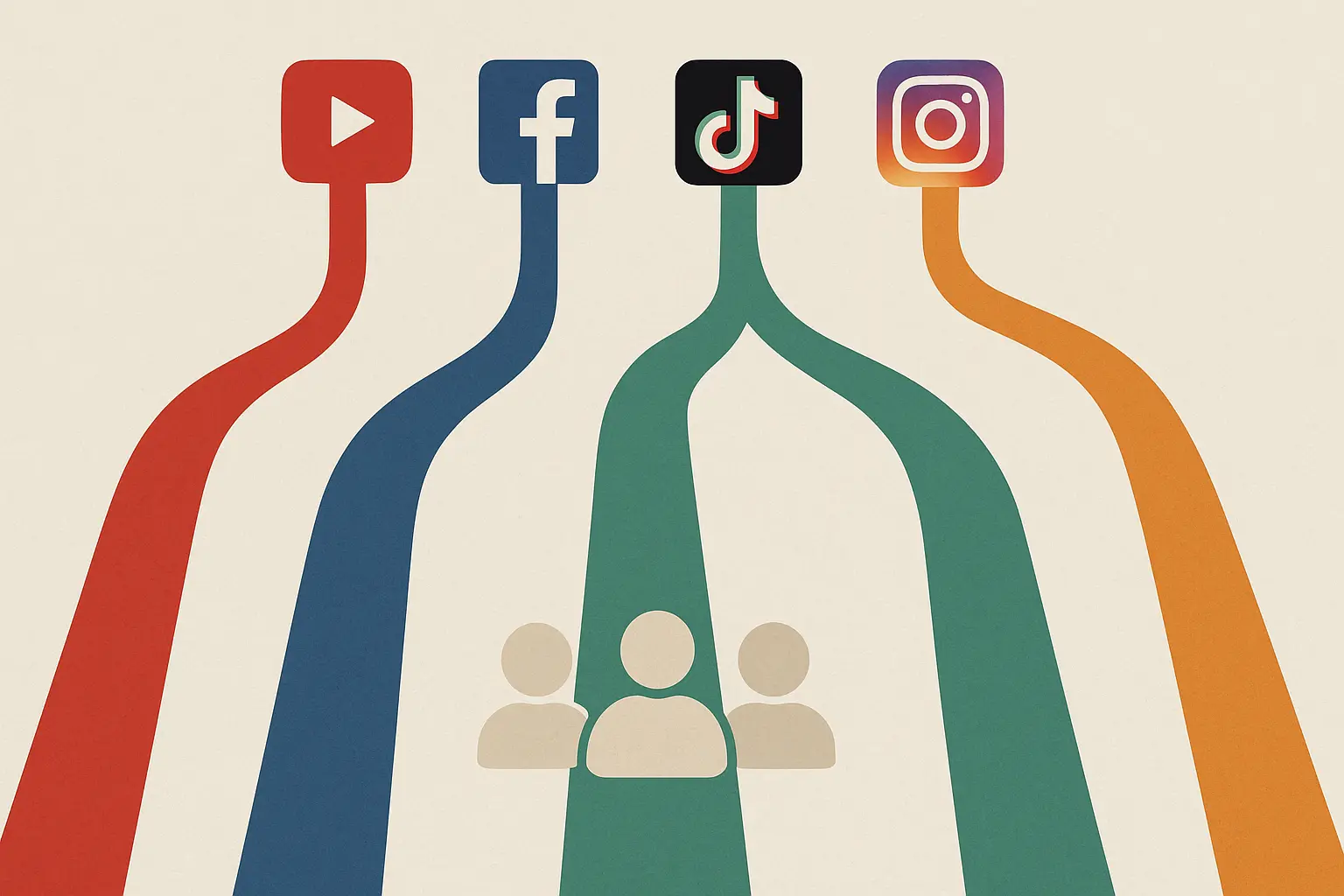
Taking Over the World
Actually Understanding Different Countries
Each new market required different approaches based on local music preferences, payment systems, and competition. Spotify developed repeatable frameworks while staying flexible for market-specific needs.
Licensing negotiations varied dramatically by country due to different legal systems and industry structures. Success meant building relationships with local music industry players while maintaining consistent service quality.
Payment integration accommodated local preferences. In markets where credit cards weren’t common, Spotify integrated with mobile payments, prepaid cards, and local banking solutions.
Pricing reflected local economic conditions rather than simple currency conversions. Student discounts, family plans, and regional pricing made the service accessible to different income levels.
Spotify’s commitment to understanding local markets shows in their recent partnership with Nielsen in Brazil. “Nielsen’s deep dive into the Brazilian podcast landscape has been invaluable” with Spotify discovering that 75% of Brazilian podcast listeners believe podcasts help their mental well-being, and 48% are more likely to buy after host endorsements. This kind of research lets them tailor content and advertising to specific cultural preferences.
Content That Actually Fits
Success in international markets required understanding local music preferences and cultural nuances. Spotify invested heavily in regional content curation and local artist promotion to build authentic presence in each market.
Regional playlists showcased local artists alongside international hits, showing cultural understanding while providing unique value to local users. These playlists often became cultural touchstones in their markets.
Local partnerships with regional artists, promoters, and cultural institutions helped Spotify integrate into local music ecosystems rather than appearing as a foreign platform imposing external preferences.
Language localization went beyond translation to include cultural adaptation of features, marketing messages, and interface elements that resonated with local expectations.
For businesses expanding internationally, understanding market sizing is crucial, and our market sizing guide for business opportunities provides frameworks for evaluating global expansion potential.
Spotify operates in 92 countries compared to Amazon Music’s 45 markets. The average user spends 25 hours a month on Spotify – more than Facebook at 19 hours and Instagram at 14 hours – showing exceptional engagement across diverse global markets, according to MOI Global.
When Spotify launched in India, they didn’t just translate their Western interface. They created “Spotify India” with Bollywood hits, regional language content, and culturally relevant playlists. They partnered with local artists, integrated with Indian payment systems, and priced their service at ₹119/month compared to $9.99 in the US. This comprehensive approach helped them capture significant market share despite launching after established competitors.
How to Expand Globally (Spotify’s Way):
-
Research local music consumption patterns and preferences
-
Build relationships with regional music industry players
-
Adapt payment systems to local financial infrastructure
-
Price appropriately for local economic conditions
-
Develop region-specific content and playlists
-
Partner with local artists and cultural institutions
-
Localize interface and marketing materials beyond simple translation
-
Monitor competitor strategies and market dynamics
-
Build local customer support capabilities
-
Measure success through region-specific metrics
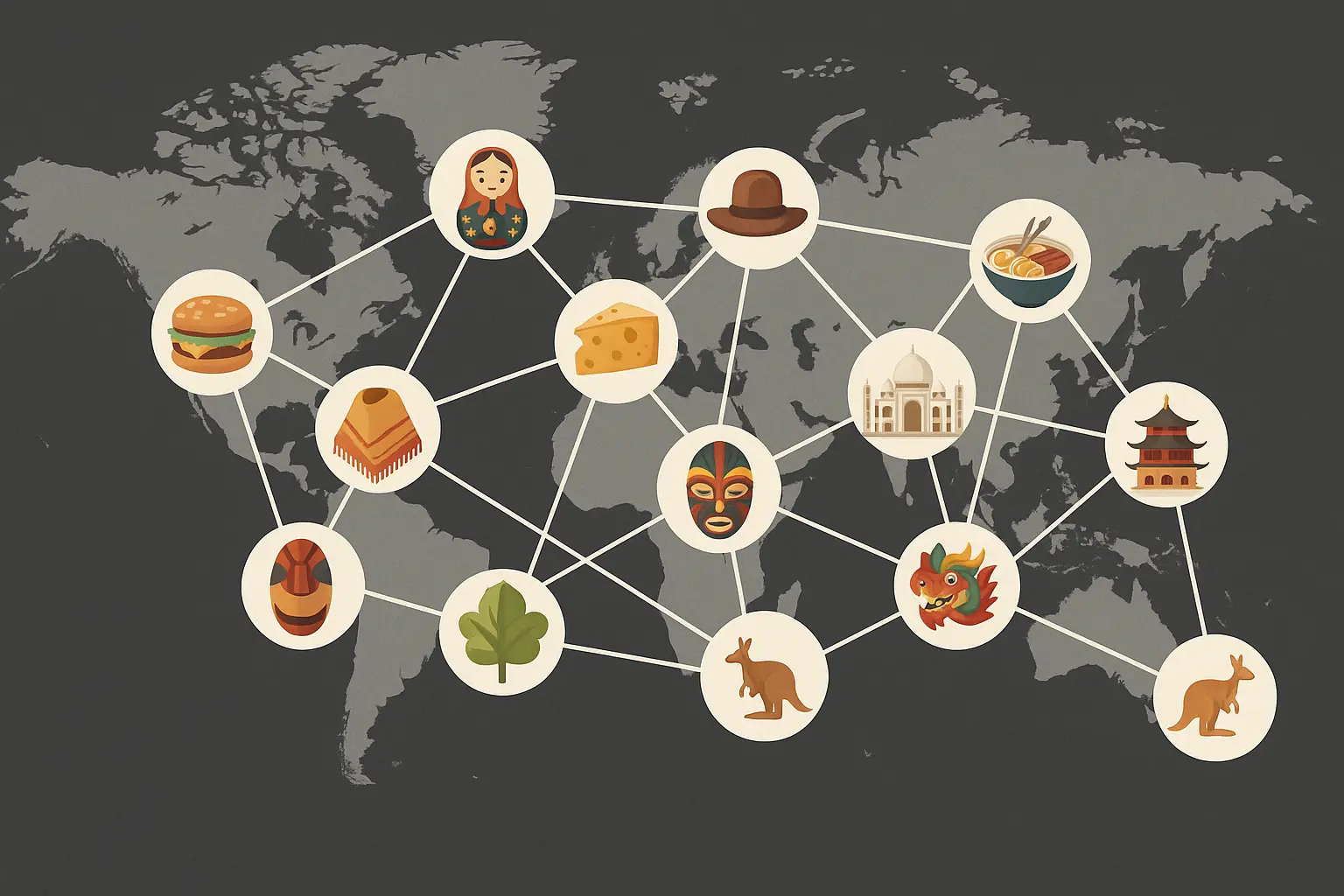
What We Can Learn
Spotify’s journey from Swedish startup to global audio giant offers lessons for any business looking to disrupt established industries. Their success wasn’t built on revolutionary technology or unlimited funding – it was built on understanding users better than anyone else and executing consistently on that understanding.
The key takeaway isn’t that you need to copy Spotify’s exact strategies, but rather their approach to thinking strategically. They spotted market gaps, positioned themselves uniquely, and then executed relentlessly on their vision while staying flexible enough to adapt when necessary.
What impresses me most about their story is the long-term thinking. They were willing to lose money for years to build market position, invest heavily in content and technology, and prioritize user experience over short-term profits. This patience and strategic vision ultimately created advantages that continue driving their success.
Now, don’t get me wrong – they made plenty of mistakes along the way. The reality was messier than this success story suggests. But their core approach of putting users first and thinking long-term created a foundation that could weather those mistakes.
Sure, they got lucky with timing, but luck only gets you so far. The music industry was ripe for disruption, but plenty of other companies tried and failed. Spotify succeeded because they understood what users actually wanted, not what the industry thought they should want.
Businesses looking to measure the success of their marketing investments can utilize comprehensive ROAS calculators to track performance metrics similar to how Spotify monitors their user acquisition costs and lifetime value.
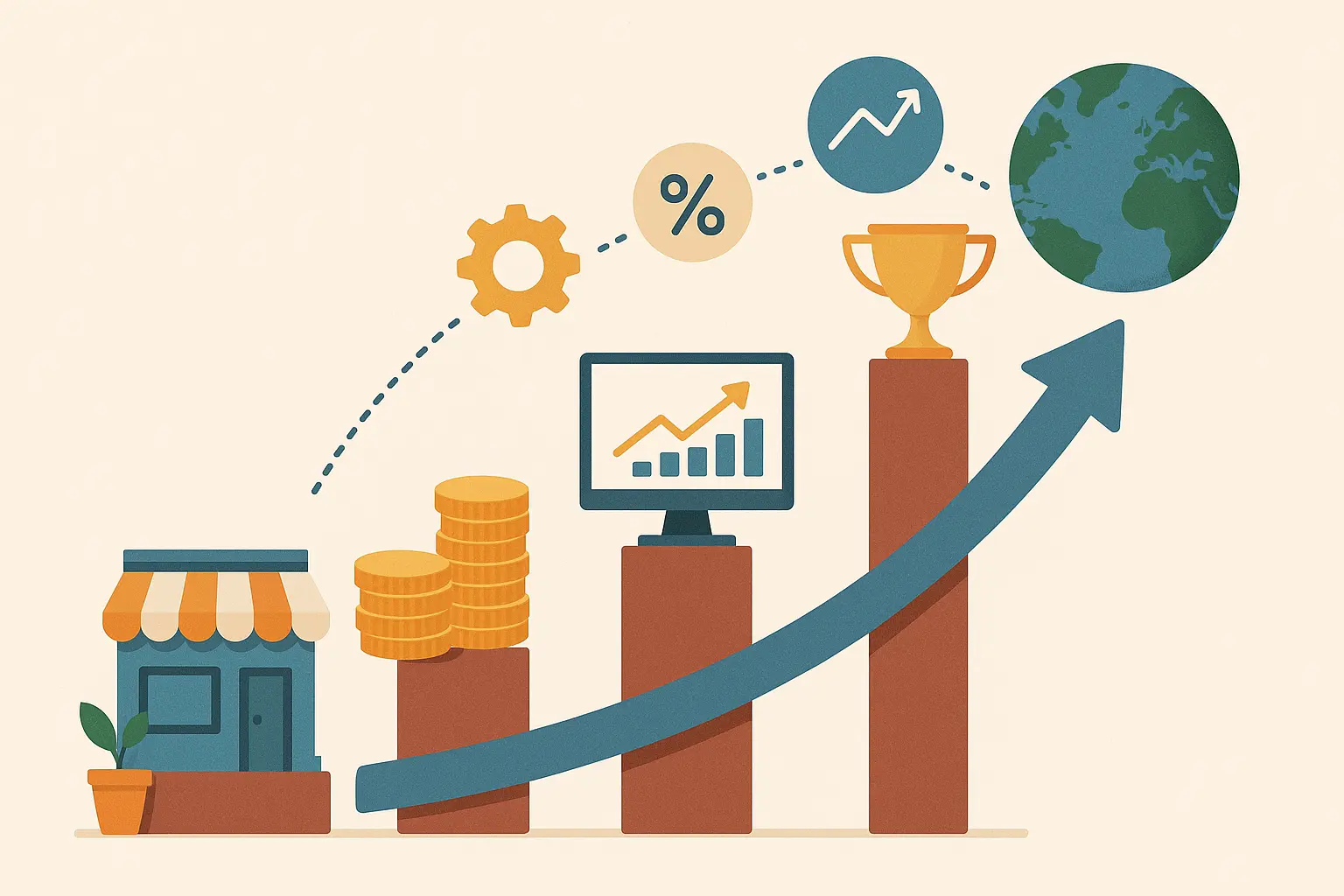
If you’re struggling to achieve similar growth and market positioning for your business, The Marketing Agency can help you develop data-driven strategies that deliver measurable results. We specialize in helping companies build sustainable competitive advantages through performance marketing, user acquisition, and retention strategies that actually work. Ready to stop gambling with your marketing budget and start seeing real results? We can help you thrive with strategies rooted in data and science.


